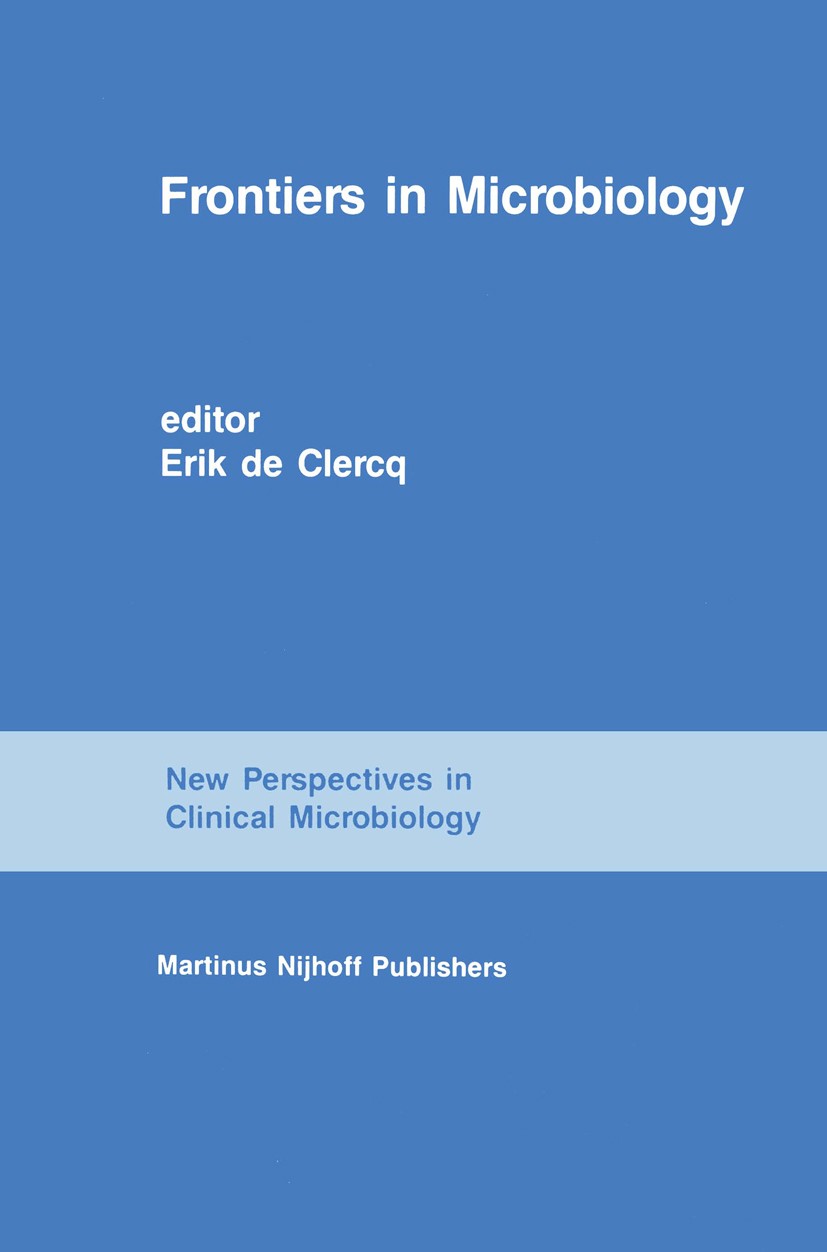Evolutionary flexibility and rigidity in the bacterial methylerythritol phosphate (MEP) pathway
IF 4
2区 生物学
Q2 MICROBIOLOGY
引用次数: 0
Abstract
Terpenoids are a diverse class of compounds with wide-ranging uses including as industrial solvents, pharmaceuticals, and fragrances. Efforts to produce terpenoids sustainably by engineering microbes for fermentation are ongoing, but industrial production still largely relies on nonrenewable sources. The methylerythritol phosphate (MEP) pathway generates terpenoid precursor molecules and includes the enzyme Dxs and two iron–sulfur cluster enzymes: IspG and IspH. IspG and IspH are rate limiting-enzymes of the MEP pathway but are challenging for metabolic engineering because they require iron–sulfur cluster biogenesis and an ongoing supply of reducing equivalents to function. Therefore, identifying novel alternatives to IspG and IspH has been an on-going effort to aid in metabolic engineering of terpenoid biosynthesis. We report here an analysis of the evolutionary diversity of terpenoid biosynthesis strategies as a resource for exploration of alternative terpenoid biosynthesis pathways. Using comparative genomics, we surveyed a database of 4,400 diverse bacterial species and found that some may have evolved alternatives to the first enzyme in the pathway, Dxs making it evolutionarily flexible. In contrast, we found that IspG and IspH are evolutionarily rigid because we could not identify any species that appear to have enzymatic routes that circumvent these enzymes. The ever-growing repository of sequenced bacterial genomes has great potential to provide metabolic engineers with alternative metabolic pathway solutions. With the current state of knowledge, we found that enzymes IspG and IspH are evolutionarily indispensable which informs both metabolic engineering efforts and our understanding of the evolution of terpenoid biosynthesis pathways.细菌甲基赤藓糖醇磷酸(MEP)途径的进化灵活性和刚性
萜类化合物具有广泛的用途,包括工业溶剂、药物和香料。通过工程微生物发酵可持续生产萜类化合物的努力正在进行中,但工业生产仍然很大程度上依赖于不可再生资源。甲基赤藓糖醇磷酸(MEP)途径产生萜类前体分子,包括酶Dxs和两个铁硫簇酶:IspG和IspH。IspG和IspH是MEP途径的限速酶,但在代谢工程中具有挑战性,因为它们需要铁硫簇生物发生和持续的还原等量物供应才能发挥作用。因此,寻找IspG和IspH的新替代品一直是萜类生物合成代谢工程的持续努力。我们在这里报告了萜类生物合成策略的进化多样性分析,作为探索替代萜类生物合成途径的资源。利用比较基因组学,我们调查了一个包含4400种不同细菌物种的数据库,发现一些细菌可能进化出了该途径中第一种酶的替代品,Dxs使其具有进化灵活性。相比之下,我们发现IspG和IspH在进化上是刚性的,因为我们无法确定任何物种似乎有绕过这些酶的酶途径。不断增长的细菌基因组测序库具有巨大的潜力,为代谢工程师提供替代代谢途径的解决方案。以目前的知识水平,我们发现IspG和IspH酶在进化上是不可或缺的,这为代谢工程的努力和我们对萜类生物合成途径进化的理解提供了信息。
本文章由计算机程序翻译,如有差异,请以英文原文为准。
求助全文
约1分钟内获得全文
求助全文
来源期刊

Frontiers in Microbiology
MICROBIOLOGY-
CiteScore
7.70
自引率
9.60%
发文量
4837
审稿时长
14 weeks
期刊介绍:
Frontiers in Microbiology is a leading journal in its field, publishing rigorously peer-reviewed research across the entire spectrum of microbiology. Field Chief Editor Martin G. Klotz at Washington State University is supported by an outstanding Editorial Board of international researchers. This multidisciplinary open-access journal is at the forefront of disseminating and communicating scientific knowledge and impactful discoveries to researchers, academics, clinicians and the public worldwide.
 求助内容:
求助内容: 应助结果提醒方式:
应助结果提醒方式:


